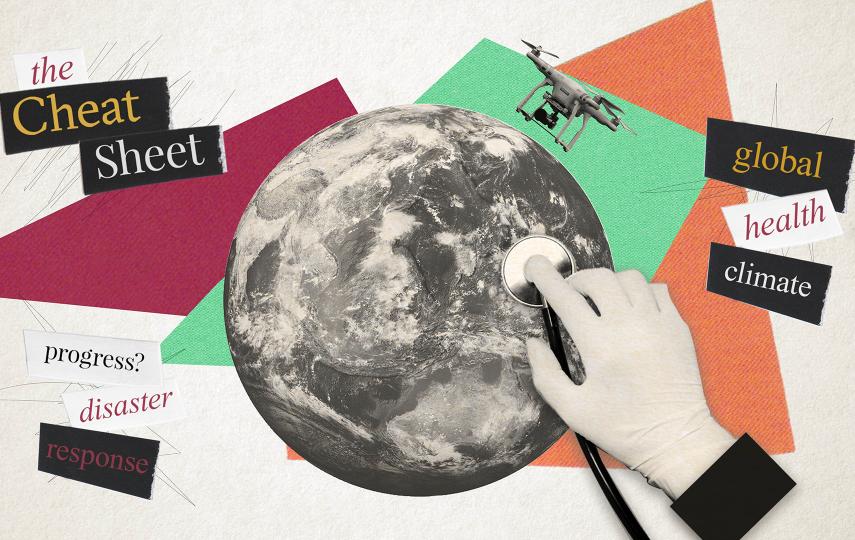Egypt’s Ministry of Agriculture has given instructions to veterinary departments across the country to take all the necessary precautions against Rift Valley Fever (RVF), especially in the provinces bordering Sudan, after a reported outbreak there.
Several vets from the General Organization for Veterinary Services (GOVS), which is part of the agriculture ministry, have been dispatched to Aswan, Al-Wadi al-Jadeed, Luxor, Qena and Sohag, the Red Sea, as well as south and north Sinai.
Hamid Samaha, chairman of the GOVS, told IRIN that "these measures include vaccinating and spraying the animals and farms to control mosquitoes, which are the main vectors of RVF to human beings.
"There is a prevalence of mosquitoes in Egypt but the ministry is constantly spraying the insects," Samaha said, adding that the ministry is also filling up stagnant water pools, especially in the southern areas.
Funds for such preventive operations come from the ministry's regular budget, he said, adding that livestock are vaccinated against RVF twice a year.
RVF background
RVF affects animals that chew cud (including cattle, buffalo, sheep, goats and camels) as well as humans, who catch RVF from infected mosquitoes, which act as vectors. It can also be spread by contact with the blood or bodily fluids of an infected animal. Humans are vulnerable during an outbreak only when in close contact with infected animals.
The agriculture ministry has formed working groups with the Ministry of Health to deal with any possible outbreak and regularly collects samples from animals.
Samaha said: "The disease appeared for the first time in Egypt in 1977 and infected 18,000 persons and led to the death of 598 people." RVF was believed to have been transmitted to Egypt through animals coming from Sudan. The disease appeared in Egypt again in 1987 and 1993 with no infection among humans.
The World Health Organization (WHO) said on 7 November that "human cases of Rift Valley Fever continue to increase in Sudan, with 228 cases and 84 deaths reported". WHO added that 15 localities in Sudan in White Nile, Sinnar, and Gazeera states were affected.
However, Sudan, which has the largest animal resources in the Arab world, has denied any confirmed RVF cases.
dvh/ar/mw
This article was produced by IRIN News while it was part of the United Nations Office for the Coordination of Humanitarian Affairs. Please send queries on copyright or liability to the UN. For more information: https://shop.un.org/rights-permissions





